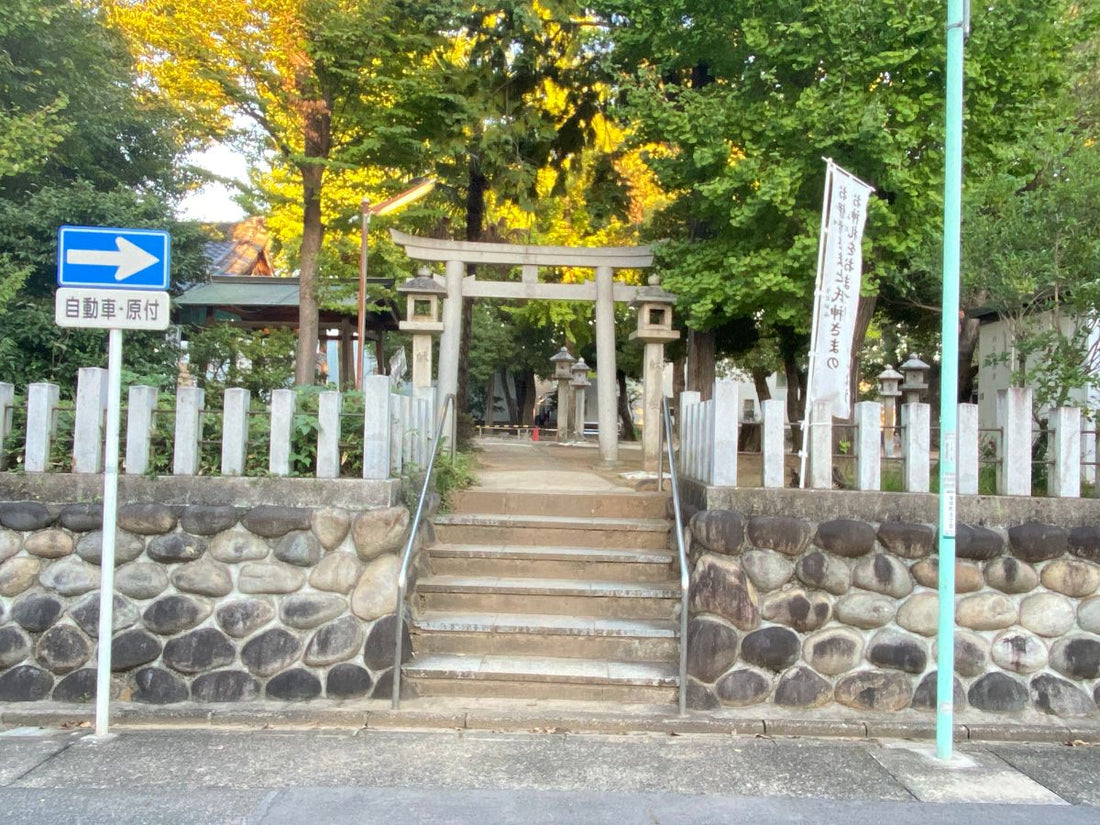
Nagoya Shrine Visit Report 2025 Mizuho No.7 Toeicho Hachiman Shrine
Share
On October 23, 2025, I visited Hachiman Shrine (Toeicho) in Mizuhoku, Nagoya, to document its stone structures — the torii gate, stone lanterns, hand basin, and stairway. Nestled quietly within a residential area, the shrine preserves a calm and dignified atmosphere, carefully maintained by local residents.
A Quiet Place of Prayer in the Heart of the City
The origins of Hachiman Shrine in Toeicho trace back to around 1690. At that time, the area was known as Honganjigai-Shinden, located on the outskirts of Nagoya Castle town. As the community developed, local residents enshrined this small shrine as their ujigami — the guardian deity of their neighborhood.
The enshrined deity is Emperor Ojin (Hondawake no Mikoto), the god of valor, benevolence, and protection. For centuries, the shrine has been a place of worship for the people of the area, offering prayers for warding off evil, family safety, and the healthy growth of children.
Stonework and Layout

The torii gate and stone lanterns are crafted from granite. Fine engravings can be seen on the bases, some dating to the 1930s. Despite long exposure to wind and rain, the lanterns remain elegant, reflecting both the skill of the stonemasons and the passage of time.
The hand basin shows a rounded form softened by careful manual polishing, while the stairway combines river stones and cut granite blocks, making simple yet harmonious use of the natural terrain. The stone fence appears relatively new, likely restored through community donations in recent decades.
Historical Timeline
| Year | Event | Notes |
|---|---|---|
| 1690 | Approximate foundation | Based on local oral tradition |
| 1870s | Registered as a village shrine | Listed in the Aichi Shrine Directory |
| 1930s | Stone lanterns dedicated | Confirmed by base inscriptions |
| 2012 | Wooden plaques discovered during renovation | Found inside the main hall |
A Symbol of Quiet Devotion

This small shrine is not a tourist attraction, yet it embodies the essence of local faith. The sound of leaves rustling beside the lanterns and the smooth granite beneath the torii reflect the quiet continuity of belief. Generations of residents have kept the grounds clean, holding seasonal rituals and preserving the dignity of their community shrine.
Conclusion
Japan is home to approximately 80,000 Shinto shrines, each carrying the memory of its land and people. Hachiman Shrine in Toeicho stands among them — modest in size, yet steadfast in its role as a guardian of local faith. The carved stones, the filtered sunlight through the torii, and the still air of the precincts together form a quiet testament to Japan’s enduring reverence for place and spirit.
At JapanStones.shop, we visit authentic Japanese shrines and temples, introducing the craftsmanship of genuine stone lanterns, chozubachi (water basins), and koma-inu (guardian dogs) to audiences around the world.
